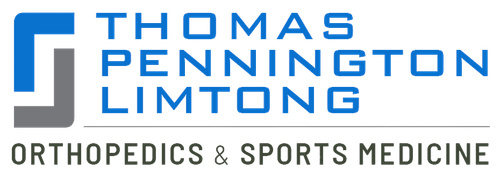The glenoid labrum refers to a fibrous tissue ring that connects to the rim of the glenoid shallow hole or the shoulder blade’s socket where the ball of the humerus or arm bone is located. Glenoid labrum tear causes pain in the shoulder as well as weakness in the joint of this tissue tears.
or arm bone is located. Glenoid labrum tear causes pain in the shoulder as well as weakness in the joint of this tissue tears.
This shoulder injury usually occurs due to repetitive motions such as overhead throwing. Therefore, discontinuing these activities for some time will help relieve the pain. The glenoid labrum increases the shoulder cavity depth which enhances the shoulder joint’s stability.
The glenohumeral ligaments (the ligaments that connect the upper arms to the shoulder and shoulder capsule) link to the glenoid labrum. In case the patient suffers a tear in the glenoid labrum because of an injury or repetitive use, they must have it treated promptly to avoid the possibility of the injury worsening.
Thomas & Bigler Knee & Shoulder Institute, led by kind board certified orthopedic surgeons Dr. Steven C. Thomas and Dr. Gregory T. Bigler, provides orthopedic surgery to patients in Las Vegas, Nevada and other suburbs and neighborhoods in The Silver State.
Nature of Injury
The main cause for the occurrence of glenoid labrum tears is due to repetitive overhead throwing or catching or lifting heavy items below shoulder level. The patient may also receive this injury if they fall on an outstretched arm. Glenoid labrum tears can be classified into two categories, namely, superior (towards the upper end of the glenoid socket) or inferior (towards the lower end of the glenoid socket).
A superior injury is also called a SLAP lesion (superior labrum, anterior to posterior). This type of injury occurs due to a tear in the rim over the socket’s middle part and may also involve the tendon of the bicep.
The Bankart lesion involves a tear of the rim underneath the glenoid socket’s middle portion. This tear also involves the inferior glenohumeral ligament. Glenoid labrum tears usually occur along with other shoulder injuries including shoulder dislocation.
Symptoms
The symptoms of glenoid labrum tears include pain in the shoulder. The source of this pain cannot be pinpointed to a specific area. When the patient undertakes overhead movements or when they hold their arm behind their back, this pain becomes worse.
This may cause the patient to feel weak and unstable in the shoulder with particular tenderness over the front part of the shoulder. This pain may recur if the elbow is bent against resistance or on resisted flexion of the biceps.
Treatment
For glenoid labrum tears, PRICE is the first line of treatment. The patient should rest the injured area properly and use ice therapy to relieve the pain and swelling. It is essential for the patient to consult an orthopedic surgeon. The surgeon may prescribe NSAIDs such as ibuprofen after evaluating the condition of the shoulder and other factors related to the patient’s health.
A majority of patients will need a complete rehabilitation program to restore the shoulder’s full function. Prudent board certified orthopedic surgeons Dr. Thomas and Dr. Bigler receive patients from Las Vegas, Nevada and nearby areas in this area of the southwest for orthopedic surgery.
If you would like to schedule an appointment or learn more about the Knee and Shoulder Institute procedures & treatments performed by Las Vegas, Nevada board-certified surgeons Steven C. Thomas, MD and Gregory T. Bigler, MD. Contact the office today click here.
